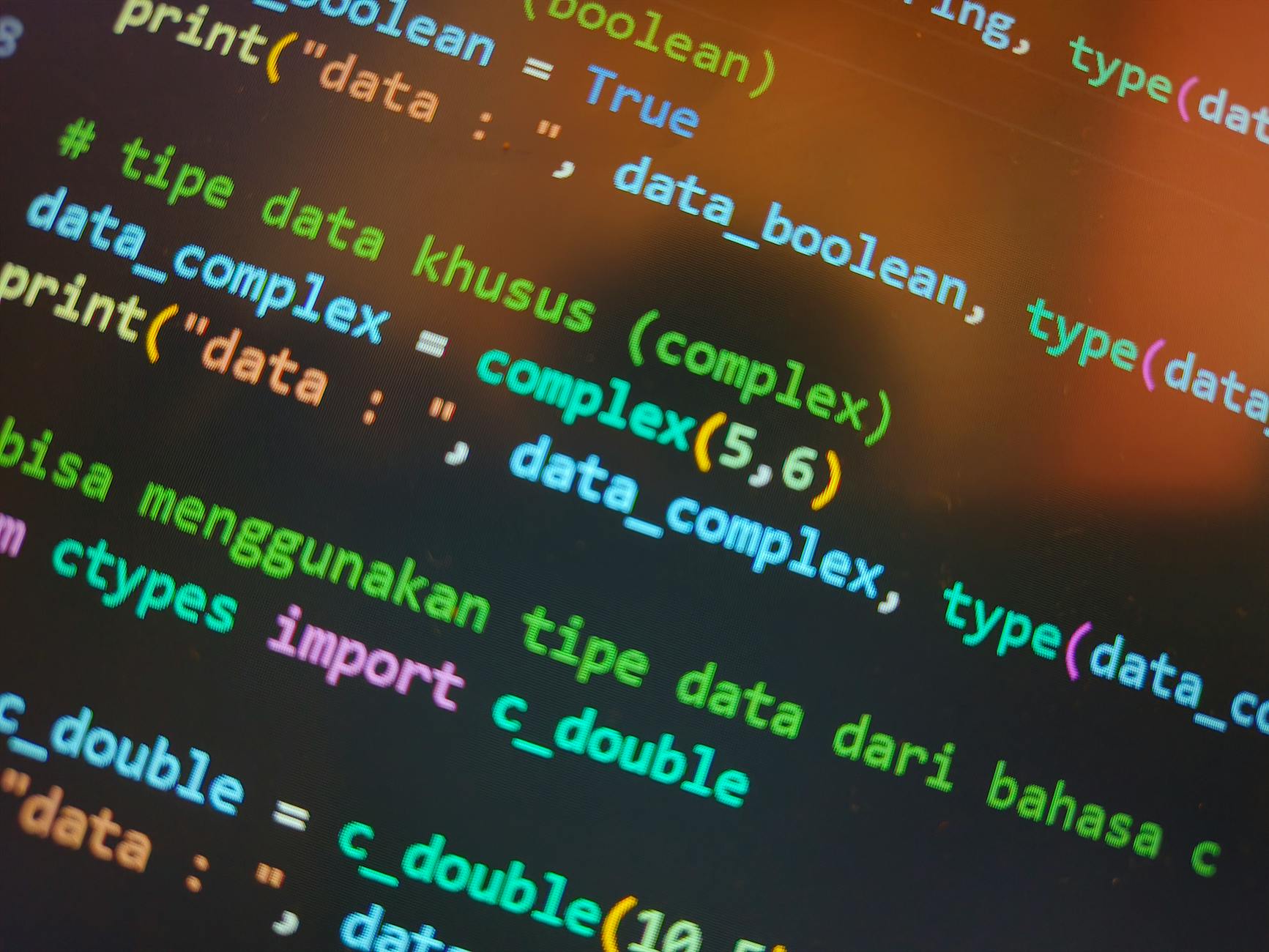In this blog post, we’ll delve into the world of list comprehensions and lambda functions in Python. These two powerful features are often overlooked, but they can significantly improve your coding efficiency and readability. By the end of this article, you’ll be equipped to write concise, expressive code using list comprehensions and lambda functions.
What are List Comprehensions?
List comprehensions are a concise way to create lists in Python. They consist of three parts:
- The square brackets
[]that contain the elements you want to create in your new list. - An expression that is evaluated for each element you want to include in the new list.
- A for clause that defines the iteration.
List comprehensions were introduced in Python 2.0 and were initially known as “list comprehensions” but now are also used to create comprehensively dictionaries, sets etc
Here’s a simple example of a list comprehension that creates a new list with the squares of numbers from 1 to 5:
numbers = [i for i in range(1, 6)]
print(numbers) # Output: [1, 4, 9, 16, 25]How do List Comprehensions Compare to For Loops?
List comprehensions are similar to for loops but they provide several advantages:
- Brevity: List comprehensions are often shorter than equivalent for loop code.
- Expression evaluation: If you want to include a function call or an expression in your new list, you can do so directly within the comprehension.
- Reducing overhead: In Python 2.x, list comprehensions are faster than equivalent for loops because they don’t need to create an intermediate function.
Here’s a comparison between the two:
# Equivalent for loop code
numbers = []
for i in range(1, 6):
numbers.append(i**2)
print(numbers) # Output: [1, 4, 9, 16, 25]
# Equivalent list comprehension code
numbers = [i for i in range(1, 6)]
print(numbers) # Output: [1, 4, 9, 16, 25]What are Lambda Functions?
Lambda functions, also known as partial applications of function definitions, were introduced in Python 3.0. They allow you to create small anonymous functions that can be used immediately or stored in variables for later use.
Here’s a simple example of a lambda function that calculates the square of a number:
square = lambda x: x**2
print(square(4)) # Output: 16How do Lambda Functions Compare to Regular Functions?
Lambda functions and regular functions share several similarities:
- Both can be used as arguments to other functions
- Both can be assigned to variables
However, lambda functions have some key differences:
- Brevity: Lambda functions are often shorter than equivalent regular function definitions.
- Limited expression evaluation: Lambda functions can’t include a
returnstatement or theglobalkeyword.
Here’s a comparison between the two:
# Equivalent regular function code
def square(x):
return x**2
print(square(4)) # Output: 16
# Equivalent lambda function code
square = lambda x: x**2
print(square(4)) # Output: 16Using List Comprehensions and Lambda Functions Together
One common use case for list comprehensions and lambda functions is when working with data structures like lists, dictionaries, and sets. Here’s an example that showcases the power of these two features:
# Define a list of dictionaries
numbers = [{'name': 'John', 'age': 30}, {'name': 'Jane', 'age': 25}]
# Use a lambda function to transform the data
transformed_data = [(lambda x: x['name'])() for dictionary in numbers]
print(transformed_data) # Output: ['John', 'Jane']
# Use a list comprehension to filter the data
filtered_data = [dictionary['name'] for dictionary in numbers if dictionary['age'] > 30]
print(filtered_data) # Output: ['John']In this example, we use a lambda function to extract the name field from each dictionary in the numbers list, and we use a list comprehension to filter the data for dictionaries with ages greater than 30.
Conclusion
List comprehensions and lambda functions are powerful features in Python that can significantly improve your coding efficiency and readability. By mastering these two features, you’ll be able to write concise, expressive code that’s perfect for data manipulation and transformation tasks.
In this article, we’ve covered the basics of list comprehensions and lambda functions, including their syntax, advantages, and use cases. We’ve also provided examples that demonstrate how to use these features together.
Overall, list comprehensions and lambda functions are essential tools for any Python developer looking to take their skills to the next level.






Leave a Reply